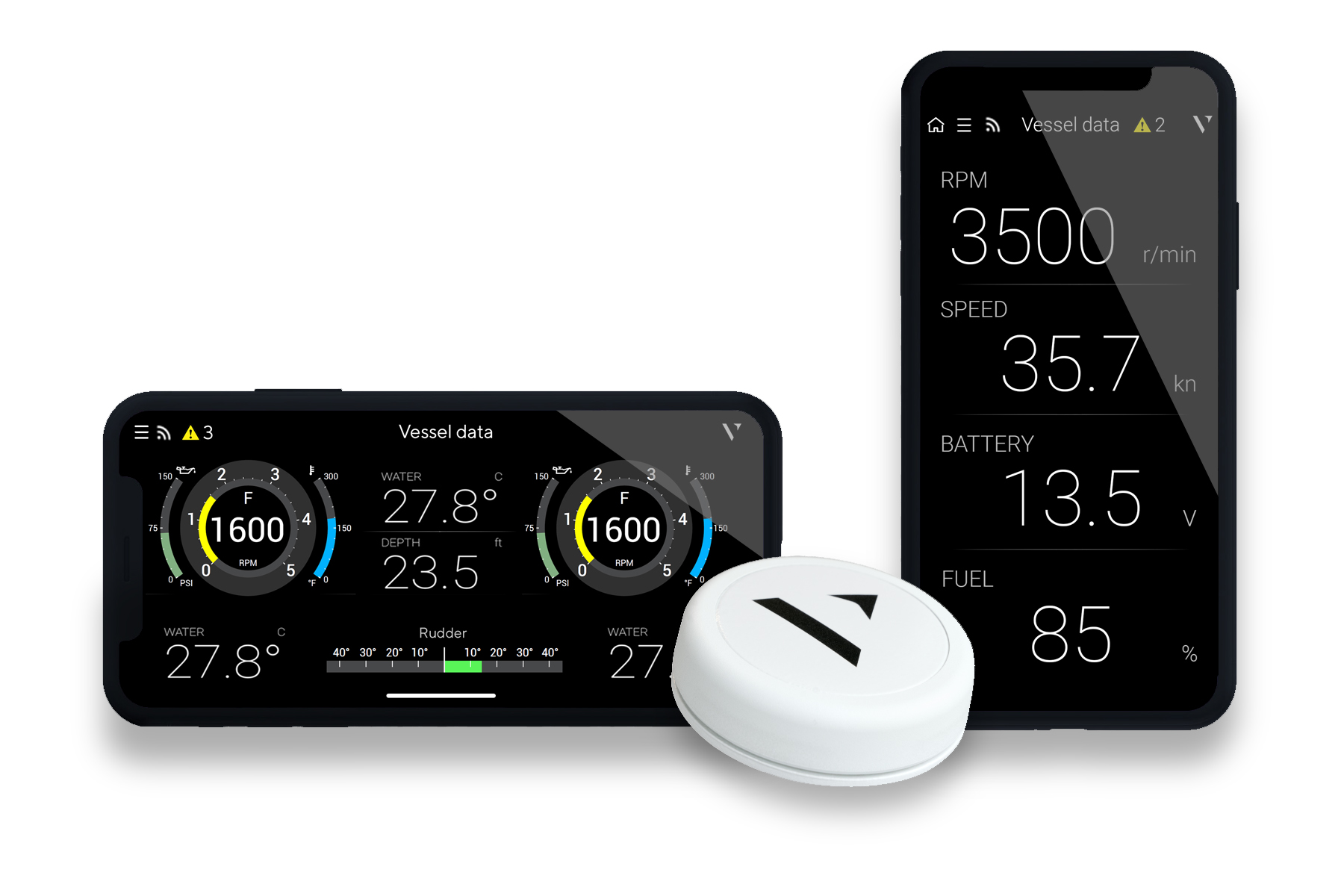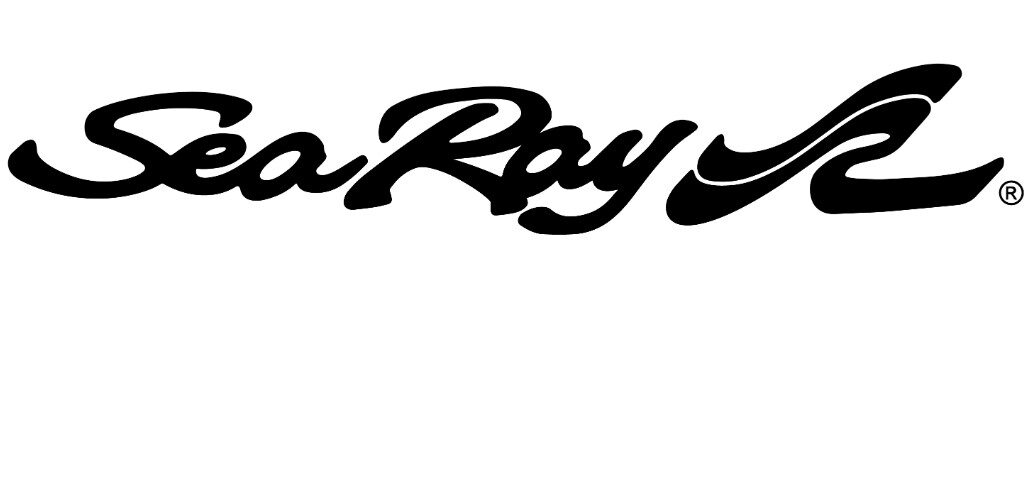Veratron debuts smallest N2K GNSS antenna

At a mere 2.4-inches in diameter, the Veratron GO is the smallest NMEA 2000 certified GNSS antenna on the market. Truly plug-and-play, the high-performance integrated GPS, GLONASS and Galileo receiver is available in two navigation models and a Bluetooth version for monitoring onboard networked systems.
Starting off the series is Veratron GO GPS, the satellite-only version. Alternately, Veratron GO Data offers a Bluetooth Low Energy (BLE) gateway that enables users to monitor engine, battery, navigation and other vessel performance data on Veratron’s new NavDash mobile app. Offering the most versatility is Veratron GO Plus+, which delivers both GPS and Bluetooth functionality.
Built for continual outdoor exposure and the occasional hard knock, Veratron GO has a white ASA plastic, UV-resistant housing. The bottom is resin-filled and fully air-sealed. It has a minimal 0.6-inch cut-out size for the DeviceNet M12 connector. At a mere 2.2 oz., it adds minimal weight aloft.
In addition to Veratron GO and GO Plus+ receiving GPS, GLONASS and Galileo constellations, the devices are SBAS-WAAS, EGNOS, MSAS and GAGAN-compatible. They have 72 channel reception and a 10 Hz update rate. Combined with high-tracking sensitivity of -165 dBm, they offer fast cold-start position fixes and will hot-start within one second. Position accuracy is 2.5 meters with a clear sky view, while heading is rated at 0.3° and velocity at 0.16 fps.
Veratron GO Data and GO Plus+ operate with the new Bluetooth 5.0 gateway. They offer 50 data channels at 2.4 GHz with seven simultaneous PIN-protected connections. The pairing range is an impressive 525-feet.
The dedicated NavDash mobile app for Android and iOS provides wireless updates to Veratron GO Data and GO Plus+ devices. In turn, the app offers real-time visualization of networked vessel data and onboard system statuses. With it, users can configure the devices, and run service, diagnostics and data logging. They can also create custom applications as needed for specific vessel functions.




